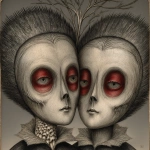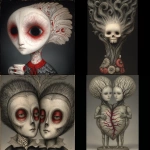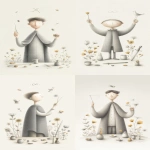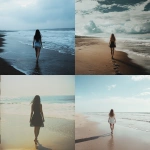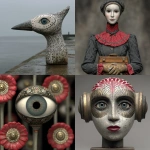Explore the Best AI Image Gallery
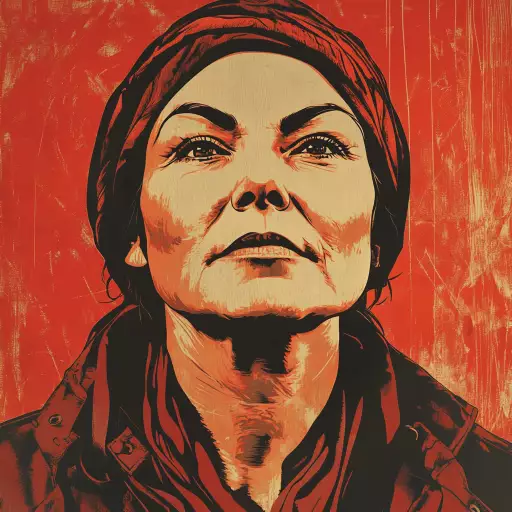
Pixels on Your Skin: AI Image Generation and the Evolving Design Landscape
The creative world is abuzz with the emergence of AI image generators. These powerful tools, capable of producing stunning visuals from text prompts, are rapidly transforming the design landscape. But what does this mean for designers, artists, and the future of creative expression?
A New Creative Playground
AI image generation presents a game-changing opportunity for designers. Imagine crafting intricate logos in seconds, visualizing complex product designs with ease, or generating unique illustrations that breathe life into your concepts. These tools empower designers to explore new ideas, iterate rapidly, and push the boundaries of creativity.
Beyond Static Images: Dynamic Design Possibilities
The potential extends beyond static visuals. AI can generate animations, 3D models, and even interactive experiences, opening up exciting avenues for immersive design. Imagine personalized marketing campaigns that adapt to user preferences or websites that dynamically evolve based on visitor interactions.
Navigating the Ethical Terrain
While the possibilities are immense, AI image generation raises crucial ethical considerations. Concerns about copyright infringement, the potential for misuse in creating deepfakes, and the impact on human creativity need careful attention. Striking a balance between harnessing the power of AI and safeguarding ethical principles is paramount.
The Human Element Remains Essential
Despite the remarkable capabilities of AI, its crucial to remember that human creativity remains irreplaceable. AI tools should be seen as powerful assistants, augmenting human ingenuity rather than replacing it. The human touch, with its empathy, intuition, and ability to connect with audiences on an emotional level, will always be at the heart of truly impactful design.
Shaping the Future: Trends and Predictions
- Increased Accessibility: AI image generation tools will become more user-friendly and accessible to a wider range of individuals, democratizing creative possibilities.
- Personalized Design: Well see a surge in personalized designs tailored to individual preferences and needs, fueled by AIs ability to analyze data and generate customized visuals.
- AI-Powered Collaboration: Designers and AI will collaborate seamlessly, with AI assisting in tasks like brainstorming, generating variations, and refining concepts.
- Evolving Standards: New ethical guidelines and regulations will emerge to address the challenges and opportunities presented by AI image generation.
Embracing the Revolution
AI image generation is undoubtedly a transformative force in the design world. By embracing these advancements responsibly, designers can unlock new creative frontiers, enhance their workflows, and shape a future where technology empowers human imagination.

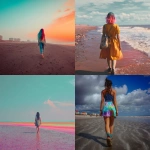

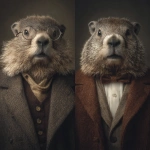
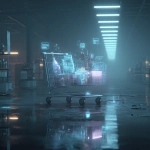
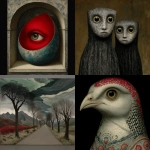

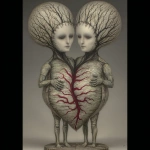
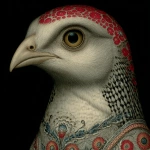
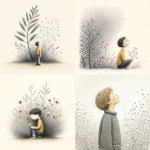


](https://images.ai-img.art/thumbnails/150/6a577517a359cd2bc6212d6b0f12c7cab660841317023550a76c84f409c7f2d0.webp)
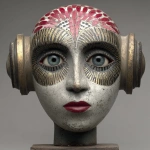


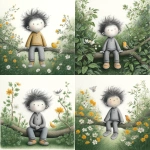


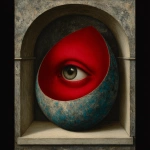

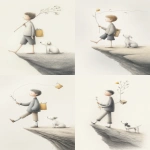
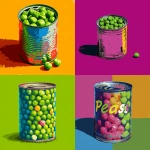

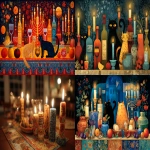

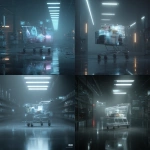
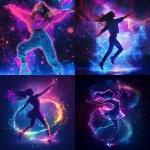
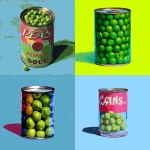
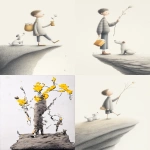
](https://images.ai-img.art/thumbnails/150/6a9bb97a3f1c45ab616724cc54bca010cbcc2d658a9c0e4581aa181c88046444.webp)

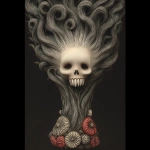
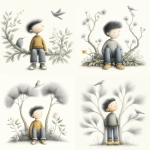
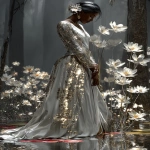
](https://images.ai-img.art/thumbnails/150/1b14bd827b740aca3b0d8efa7ed6865e28c7c8382172f3f565c96b6c5f64ca78.webp)
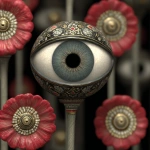


](https://images.ai-img.art/thumbnails/150/45237dfa7845159b860f9e234c48c4418e8efcb52b4d15da4493f46e6a99f337.webp)
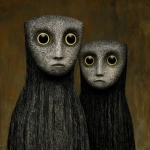
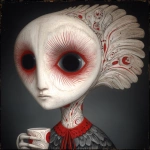
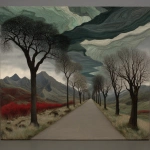
](https://images.ai-img.art/thumbnails/150/065f0b2e150f4cc43a9da80d822e8a385e9e50f2f6ff2cc3be7639cfd74952da.webp)
